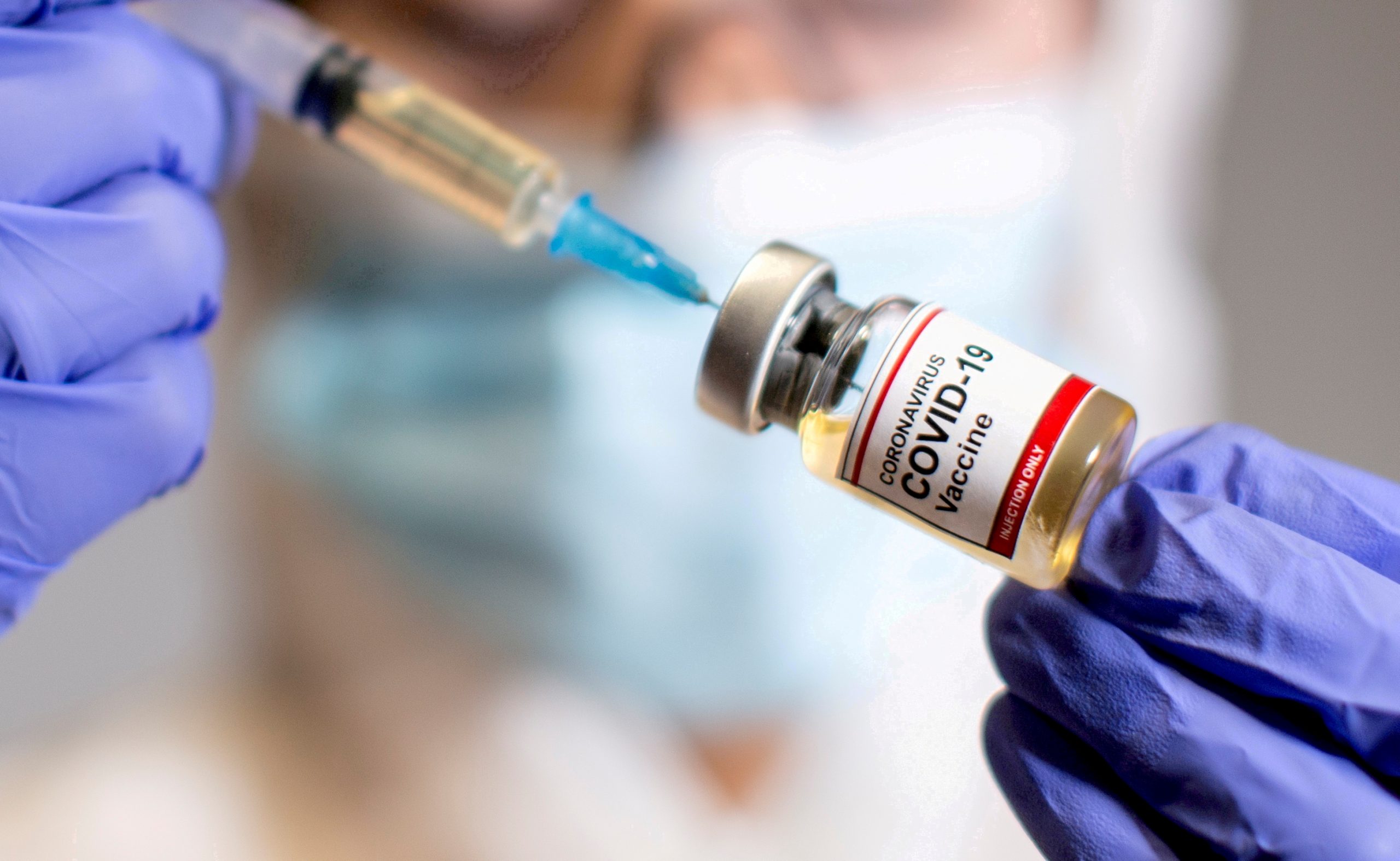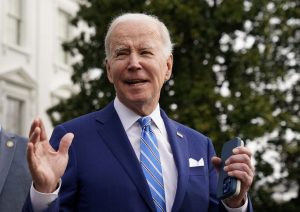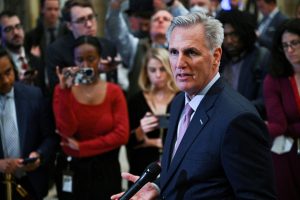As the chill of winter approaches, the U.S. gears up for a unique trifecta of protection against respiratory threats. The Food and Drug Administration (FDA) has given the green light for new COVID boosters to coincide with the seasonal flu vaccine and safeguard against R.S.V., a potentially lethal respiratory virus.
On the heels of the FDA’s approval, the Centers for Disease Control and Prevention (CDC) is set to convene an advisory meeting to determine the target recipients for these new shots, developed by Pfizer-BioNTech and Moderna. After the CDC director’s final verdict, millions of doses will swiftly make their way to pharmacies, clinics, and health systems across the nation.
This coordinated approach to confronting winter’s health challenges offers hope for a season less burdened by overwhelmed hospitals. However, ensuring a healthy winter remains a complex puzzle. In the past year, just 20 percent of U.S. adults received the updated Covid vaccine. While some find solace in the declining Covid death rate, others view this year as a chance to shield the more vulnerable from severe illness or death.
Dr. Peter Marks, the FDA’s top vaccine expert, underscores the importance of vaccination in preventing severe Covid consequences, such as hospitalization and death. The FDA granted full approval for these new vaccines for individuals aged 12 and older and extended their authorization to protect infants as young as six months through 11 years.
Rather than framing these new shots as boosters, federal officials have chosen to liken them to the annual flu vaccine, likely to alleviate public fatigue over repeated COVID shots. However, this transition comes as the public health emergency declaration, in place since the pandemic’s onset, expired in May. Unlike previous years when the government distributed vaccines for free, this year, private insurance and government payers like Medicare are expected to offer vaccines at no cost to the majority of Americans.
The transition to the private market raises concerns about maintaining adequate vaccine supplies and ensuring that the nation’s 23 million uninsured adults have access to these shots. To address this, vaccine manufacturers are expected to donate doses for the uninsured.
These new vaccines target the XBB.1.5 variant and aim to fortify protections against severe infection. Recent fears that highly mutated variants might evade the vaccine were dispelled by independent labs and the CDC, reinforcing confidence in their effectiveness.
While the new shots won’t eliminate the chance of mild COVID cases, they are expected to substantially reduce the risk of severe illness, hospitalization, or death. The forthcoming vaccine campaign will also encourage simultaneous administration of COVID-19 and flu shots, a practice deemed safe by experts.
As the public health landscape evolves, ensuring comprehensive vaccination coverage remains paramount in the ongoing battle against Covid-19. Younger individuals, despite lower perceived benefits, can still contribute to public health by reducing their own risk of severe outcomes and curbing the virus’s spread to vulnerable populations.
This winter, as Americans line up for their flu shots, the addition of COVID boosters signals a united front against respiratory threats, offering a ray of hope amid the enduring pandemic.












